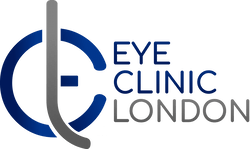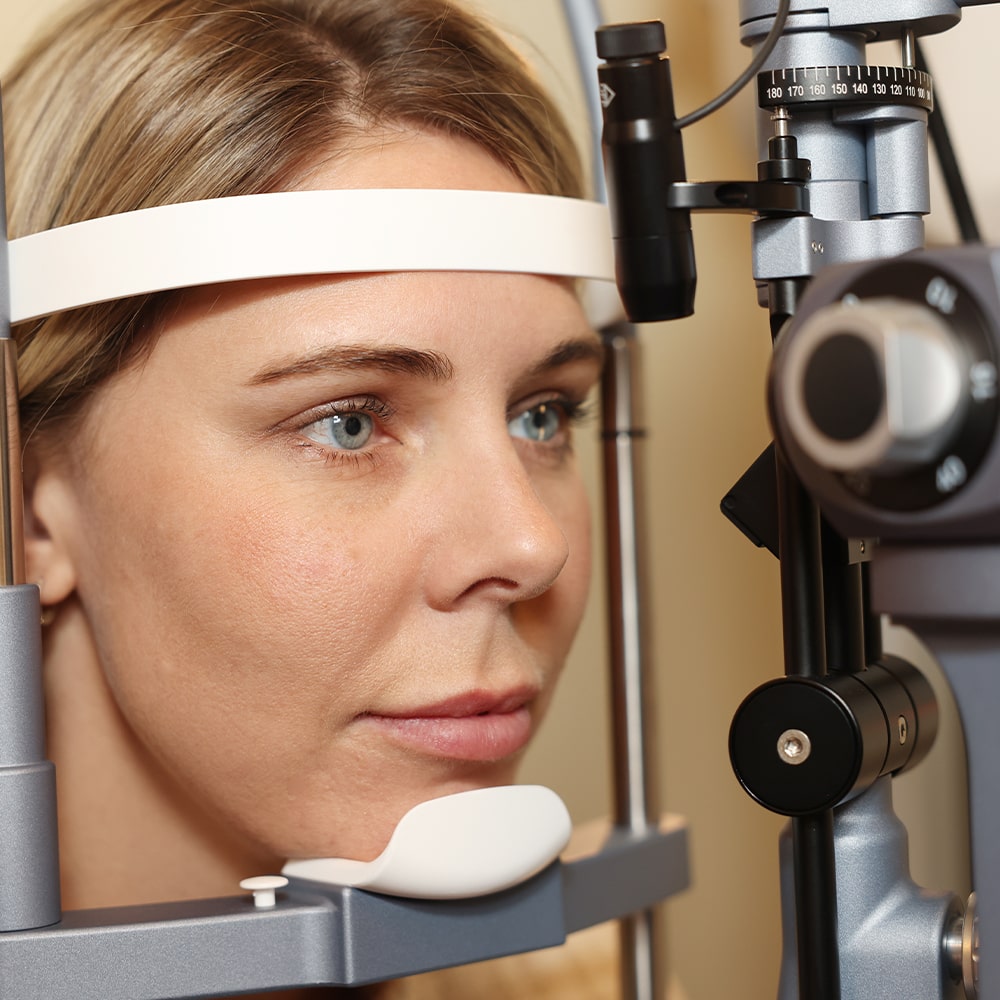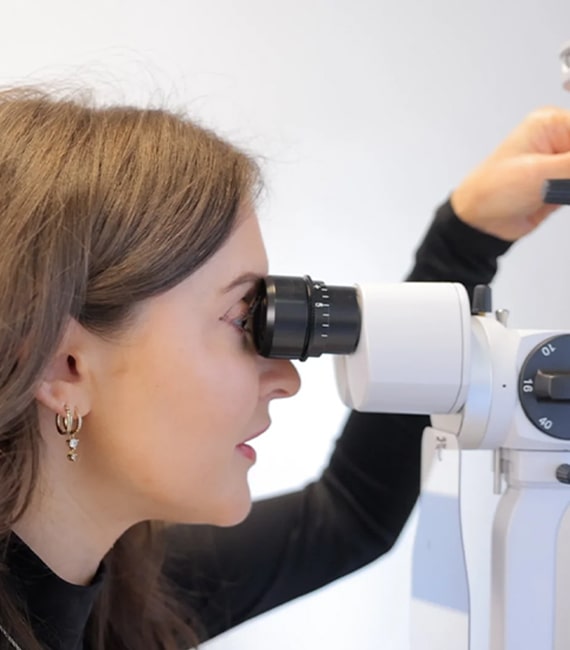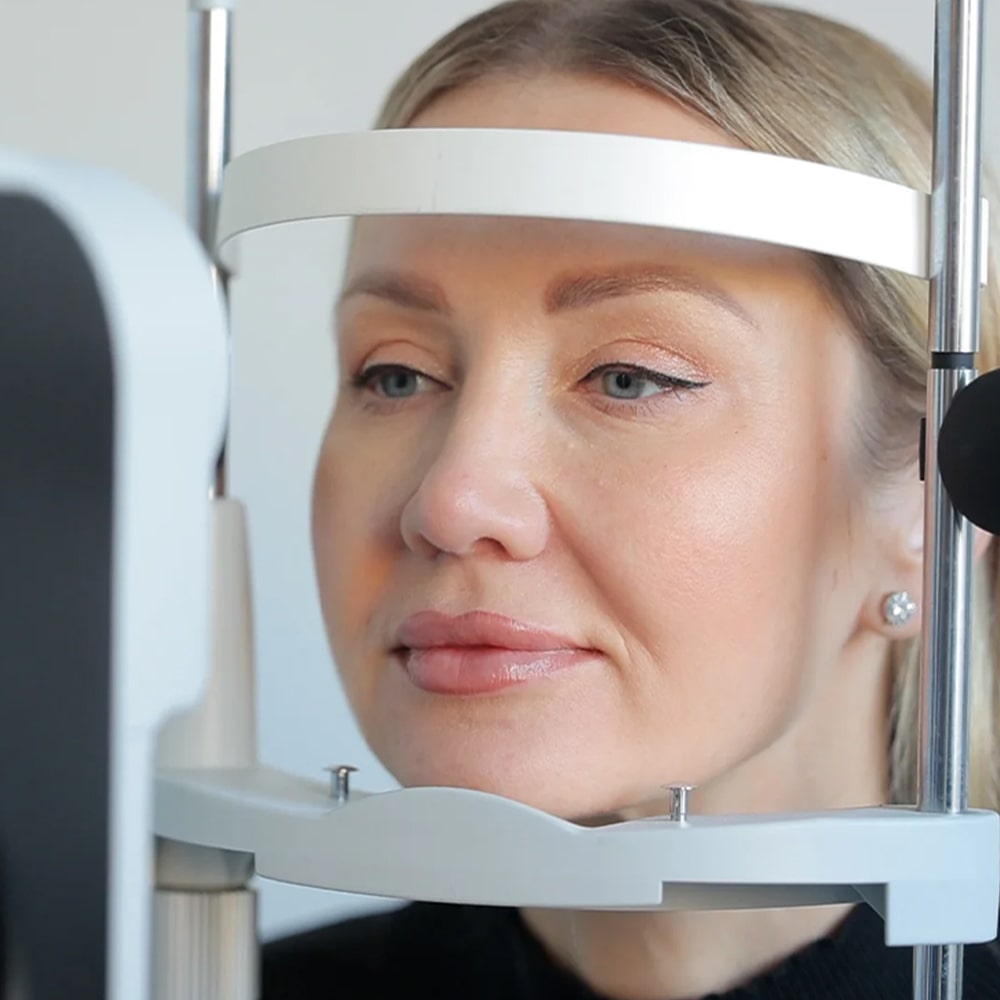London’s Leading Private Glaucoma Treatment Clinic
Have you recently learned that you are at risk of glaucoma or has your loved one been diagnosed, leaving you searching for answers and options?
At Eye Clinic London, we are committed to manage and monitor your ocular health through our comprehensive glaucoma care. Glaucoma is often dubbed the "silent thief of sight" due to its subtle onset, making awareness and early detection key.
Understanding Glaucoma
Glaucoma is a group of eye conditions that damage the optic nerve, crucial for good vision, and is often caused by abnormally high pressure in your eye. Its insidious nature means that it can gradually steal away your vision without noticeable symptoms in the early stages.
Our Approach
Our tailored approach ensures that each patient receives an individualized treatment plan. We understand that managing glaucoma is a lifelong commitment, and our team is here to support you every step of the way. Whether you're in need of routine monitoring or advanced intervention, our specialists are equipped with the knowledge and technology to provide the highest standard of care.
If you're experiencing any potential symptoms of glaucoma, or if you're due for a comprehensive eye examination, we encourage you to schedule a visit at Eye Clinic London. Let us help safeguard your vision with our innovative diagnostics and treatments and join the many patients who trust us for their eye care needs. Your vision is precious – at Eye Clinic London, we're dedicated to protecting it.













